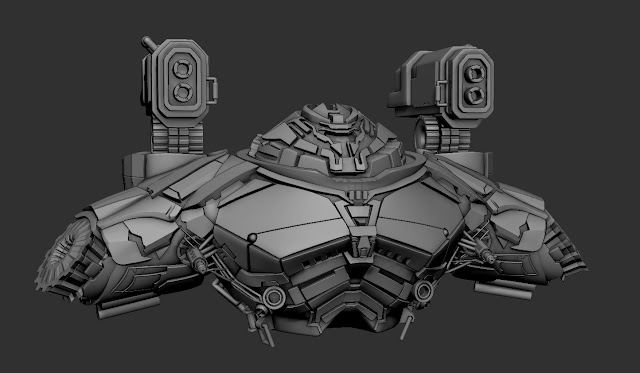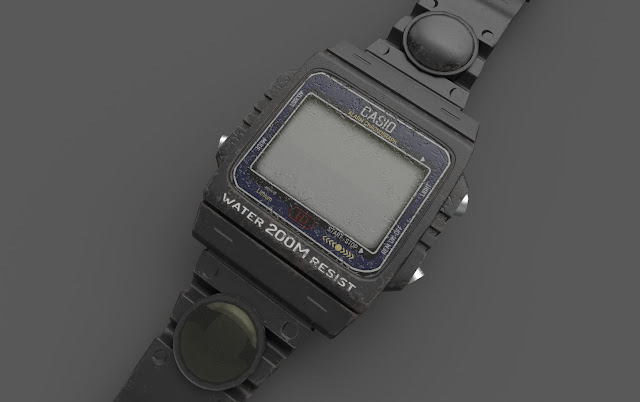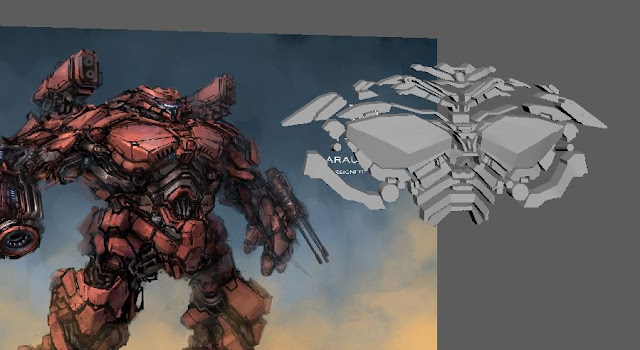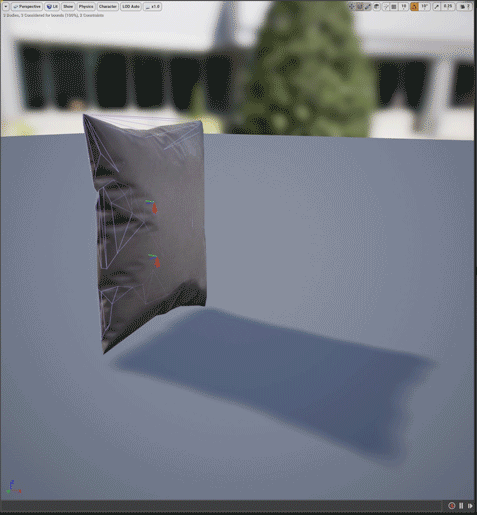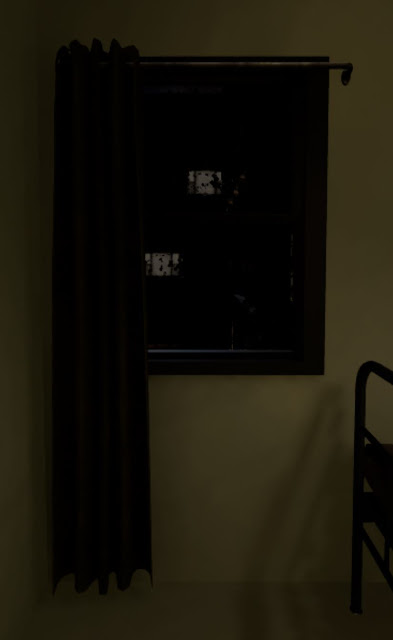My Suffering Is Over
I finished sculpting the transformer for now. I would've liked to get into the really fine details but I couldn't swing it within 2-3 days, so the legs are a little simplified.
After wrestling with Zremesher, I ended up still getting errors when I went to unwrap my UVs, so I had to export my mid-res into Maya and automatically unwrap my UVs there. When I did a test bake with the torso last week, the textures were really low-res when everything was sharing a 4096x4096 texture, so I split everything up into eight texture sets.
It seemed to work and the textures turned out better this time. Because the sculpting took me so long the textures totally have the "Substance Painter" look since I didn't have time to tweak with them too much beyond making ID maps.
It is cool to be able to have this 3.4 million tri model in engine and it run fine, although it did take a minute for it to process the fbx.
My biggest hurdle and takeaway from the process has been how much planning needs to go into the UVs, because if you kind of wing it (like I did) it creates a lot more work towards the end of the process.













